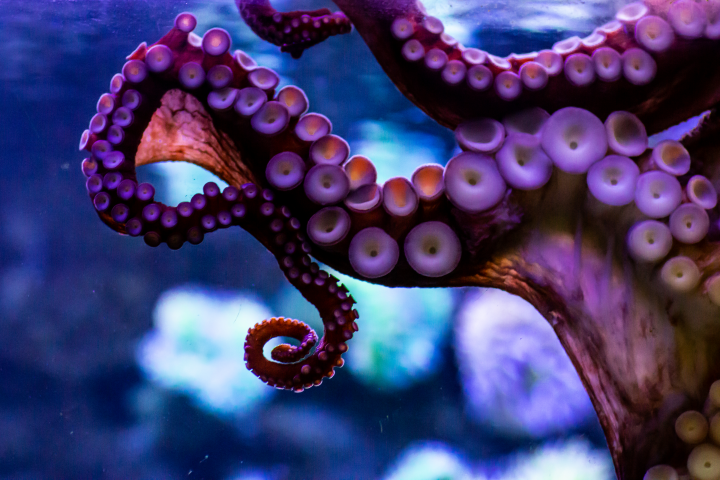Electrothermal manipulator from University of Illinois Urbana Champaign has a temperature-responsive layer of soft hydrogel that allows handling of fragile, thin tissue.
Benefits
- Increased effectiveness
- Increased safety
Applications
- Medical treatment
- Regenerative medicine
- Surgery
UN Sustainable Development Goals Addressed
-

Goal 3: Good Health & Wellbeing
The Challenge
Doctors use tissue or cell sheets to repair injured or diseased tissues in the human body. Unfortunately, it is challenging to handle these fragile, easily wrinkled tissues. Using tweezers and other surgical tools often damages the tissue sheet, interrupting the surgery and wasting precious material. Additionally, traditional methods of tissue grafting can take up to an hour to safely transfer a single sheet, creating extra room for error.
Innovation Details
The soft manipulator was inspired by the suckers of octopus tentacles. It is made of a temperature-responsive layer of soft hydrogel attached to an electric heater. To move the tissue, the hydrogel is heated, causing it to contract, then placed on the tissue and turned off. As it turns off, the hydrogel slightly expands and creates a suction with the tissue. Then the tissue can be transported to the desired location. After it’s in place, the hydrogel is heated again, causing it to shrink and release the tissue in its new location. This entire process takes approximately 10 seconds.

Biological Model
Octopus tentacles have suckers that allow the organisms to hold small objects. The suckers have small, 3-micrometer-diameter pegs called denticles. The denticles use small pressure changes to engage suction to hold onto the small objects.





